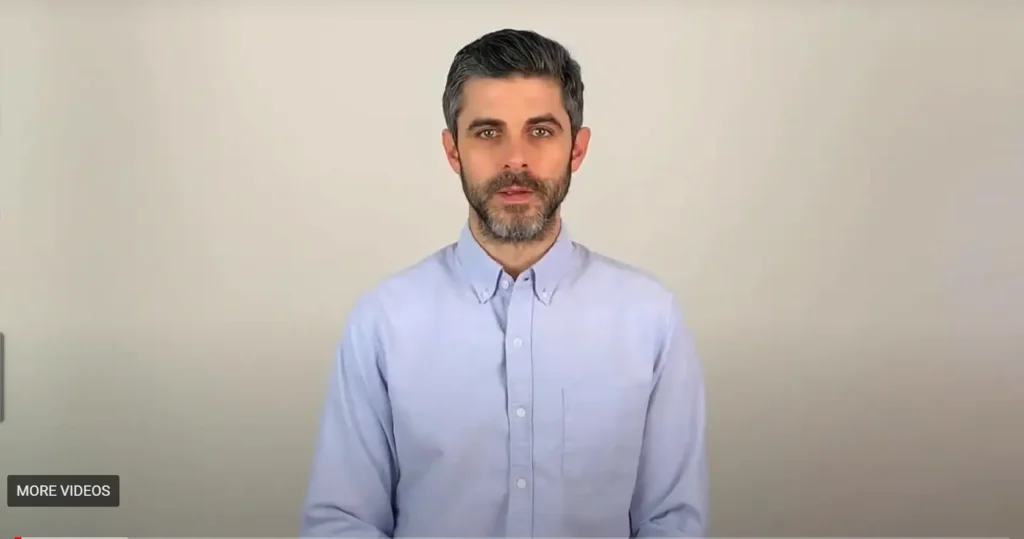Finding success with organic search requires you to optimize an array of factors that modern search engines find important.
This includes off-page, on-page, and technical methods and efforts.
Through the years, there’s been a growing focus on off-page efforts, such as link building.
However, the truth is, off-page SEO isn’t going to do much good if you don’t pay close attention to the fundamentals – on-page SEO.
From using the right H2 structure to the meta description, title tags, and more, knowing the basics is a must.
If you are a little rusty, use the information here.
E-A-T
Expertise, Authoritativeness, and Trustworthiness – E-A-T – is the framework used by Google (and other search engines).
Google raters use this for assessing webpages, content creators, and websites overall.
There’s no question Google has always put a premium on quality content.
The goal is to ensure that the sites creating high-quality content are being rewarded with higher rankings, and the sites with lower-quality content aren’t as visible.
There’s a clear relationship between what Google thinks of as high-quality content and what is seen in search results.
Today, you can feel confident that E-A-T plays a role in the organic search results in Google.
You must ensure E-A-T is considered in your SEO strategy.
Use H1 Tags for the Blog Post Title
The H1 tag is a mini title tag. Google has stated that using the H1 tag helps Google better understand the page’s structure.
Most platforms, such as WordPress, will add the H1 tag automatically to your blog post title.
If that’s the case, there’s no need to worry.
However, if not, you have to check the code on the site to ensure it is wrapped in an H1.
It’s also necessary for your keyword to be in the H1 tag.
Use H2 Structure Tags for Subheadings
It’s necessary to include your selected target keyword in at least one of your subheadings.
Once added, wrap your subheading with an H2 tag.
While an H2 tag won’t make or break your on-page SEO efforts, but it won’t hurt either.
The Meta Description
Since the earliest days of SEO, meta descriptions have been an essential optimization effort.
Meta descriptions and meta tags that describe the page are often shown in the SERPs under the page’s title.
While Google has stated that meta descriptions won’t help with the rankings, there is evidence that indirect attributes of better descriptions can help, too.
When you optimize your description properly, it can improve the following:
- The perception of what your website can change
- Perception of the quality of the results
- The click-through rate (CTR)
Take time to create a quality description that includes the chosen keyword for the best results.
SEO Writing
SEO writing refers to writing content with both users and search engines in mind.
There’s a specific strategy behind writing effective SEO content, and it is more than just filling in the blanks and keyword research.
Just creating content for the sake of creating it isn’t enough.
You must create content people will want to read.
This means the content must be high-quality, relevant, and substantial.
Keyword Cannibalization
Did you know there’s a common misconception that the more pages you have targeting a keyword, the better you will rank for that keyword?
Unfortunately, there are far too many people who don’t realize this.
Targeting a specific term across several pages may cause “keyword cannibalization.”
This is something that can have serious consequences for your SEO efforts.
If you have several pages ranking for the same keyword, you are competing with yourself.
It’s crucial to discover if cases of keyword cannibalization are present on your website.
If you find out it is, resolve it immediately.
Conduct a Content Audit
Most content creators are focused on creating new content that they forget entirely about auditing their current content.
This is a huge mistake.
Auditing the content, you have now is essential because it helps you with the following:
- Evaluate if your current content is achieving goals and gaining ROI
- Identify if the information in your content is still relevant
- Figure out the types of content that are working for you
If you can’t handle this content audit on your own, the professionals can help.
A content audit can help your SEO strategy significantly and should be conducted regularly.
Optimize Your Images
Adding images to your webpages is an effective way to make them more appealing.
However, not all images are the same.
Some may even slow your website down.
When you optimize your images correctly, you can make the most of this SEO asset.
Some of the specific benefits offered by image optimization include:
- More ranking opportunities
- A better user experience
- Faster load time for website pages
You shouldn’t let your images be an afterthought.
Be sure to use images that support your content and that use descriptive alt text and titles.
Improved User Engagement
Enhancing the on-page SEO efforts on your website is just half the battle.
The other half involves ensuring that users won’t bounce.
Instead, they will continue to view your content, interact with it, and come back again and again.
If you want to increase user engagement, there are several things you can do.
Try focusing on the speed of your site, user experience, content optimization, and more.
Ensuring Your On-Page Efforts Meet Expectations
From using the proper H2 structure to optimizing images and creating a more engaging site, on-page SEO is a crucial part of your overall success.
If you need help with your on-page SEO, contact us.
Our team can help ensure your on-page efforts not only meet your needs but also ensure users will find your site and be encouraged to visit often.






